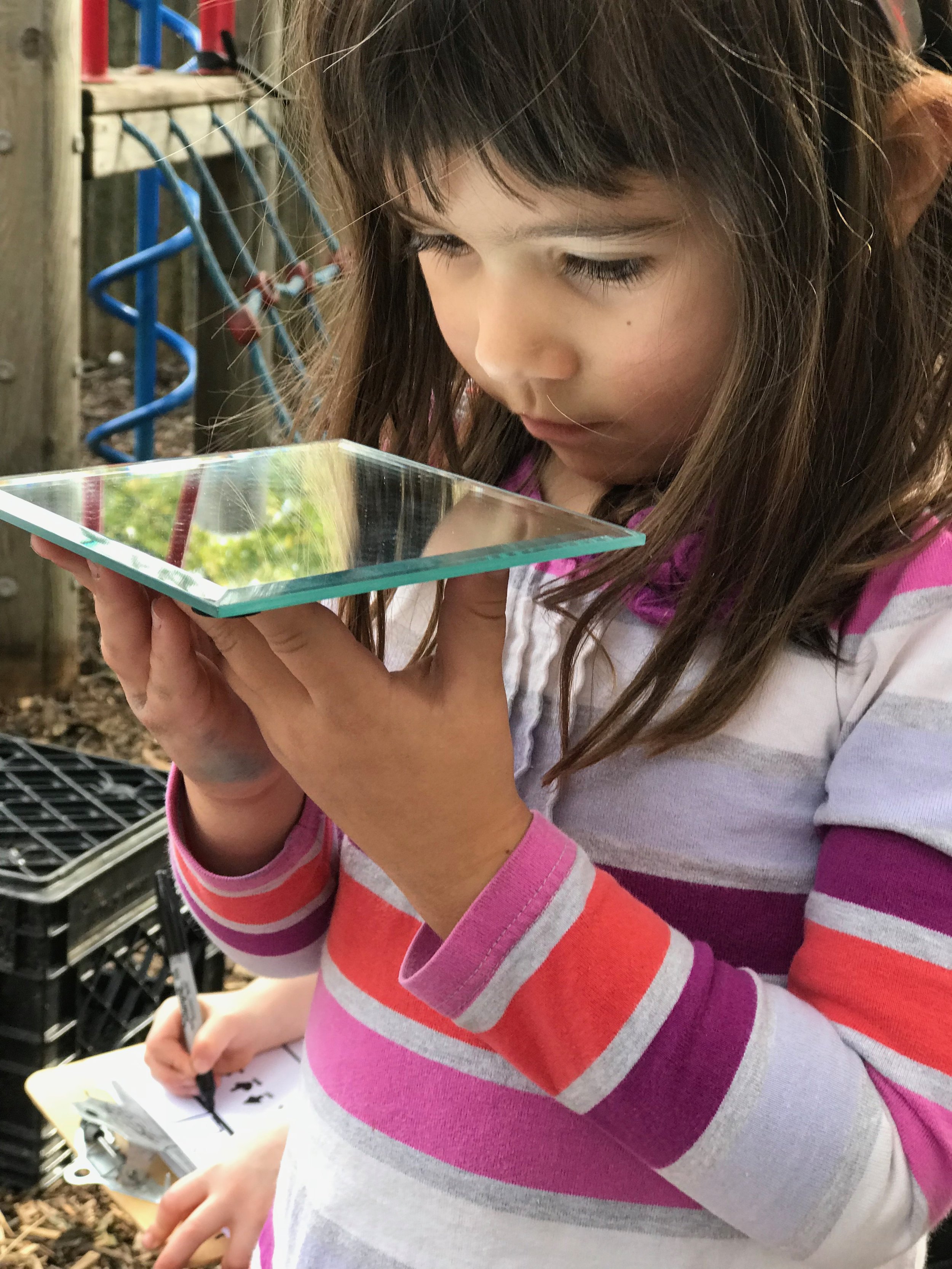Poetry With Children
Fiery leaves, pitter patter, falling like rain, kindled fires, welcoming hearts. A collection of words that inspire, shape, and launch our imaginations.
Each month in our fours and fives class I introduce a new poem. These poems often celebrate the season, but they are mostly chosen as a spark to ignite the language of imagination and experience.
Last week the children wrote their own poems inspired by the poetry of Margaret Sutphen and Danielle Barlow.
We talked about what we know about each poet based on the subjects they chose to feature. We also talked about why they would choose one word over another. The children thought that both poets love the out of doors, that they like to think about and use words, and that they both understand kindness and how to care for others. They thought that Margaret Sutphen especially liked science — she knows all about the seasons changing and how rain and leaves fall! They thought that Danielle Barlow might live in the countryside. What do you know about these poets?
If Margaret Sutphen could write a poem when she was seven that so many of us now know, then of course these children talking about and learning from her poem can and will write their own!
So they did and here is how they did it.
I combined a bit of this and a bit of that (thank you, Juliet Robertson, Creative Star Learning). I was lucky enough to attend one of her sessions at the Education Iceland conference. I used the structure of her session and added some other touches that I have used to teach poetry.
Following the conversations about those two poems above (this conversation unfolded over weeks) we met outside for a poetry session because OF COURSE these poems should be written outside. That is what Margaret and Danielle would have done!
The supplies I had on hand were etched word stones, fabric samples, mirros, markers, and paper. While the poems we used to inspire our conversations rhyme, I think it is important to talk about how some poems will not. Ideally, the poems and the words chosen are “evocative.” This is a word we added into our virtual word jar for future reference and to treasure.
We gathered outside and each child chose a word stone. This became the lead-in for their poem. Next they used the mirrors to look at their surroundings with “new eyes” — this is my idea of how to create/experience a scene that will be “evocative.” Does it work? I think yes. This action was recorded in the poem as a direction for sight lines (up, down, behind). Then the children chose two colors (and associated color names) from the fabric sample pages. After that we helped the children record these carefully chosen words in their own poem!
The children choose an etched word stone to begin their poem. This word is featured in the title of the poem and in the poem itself, for example this child’s poem is “I Dare.”
The children use a mirror to look at their world through “new eyes.” This action informed the first line of their poem.
Fabric samples help out with color names.
The poetry unfolded and although the source materials were similar or in the case of the poem “frame” the same, the poems were as unique as each poet!
Here are some examples;











